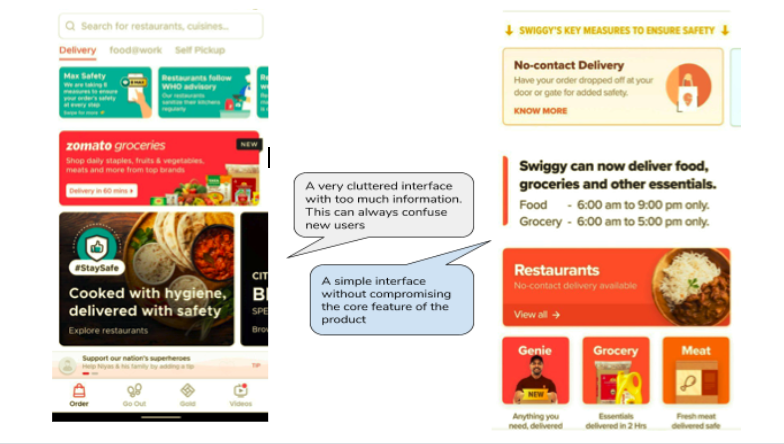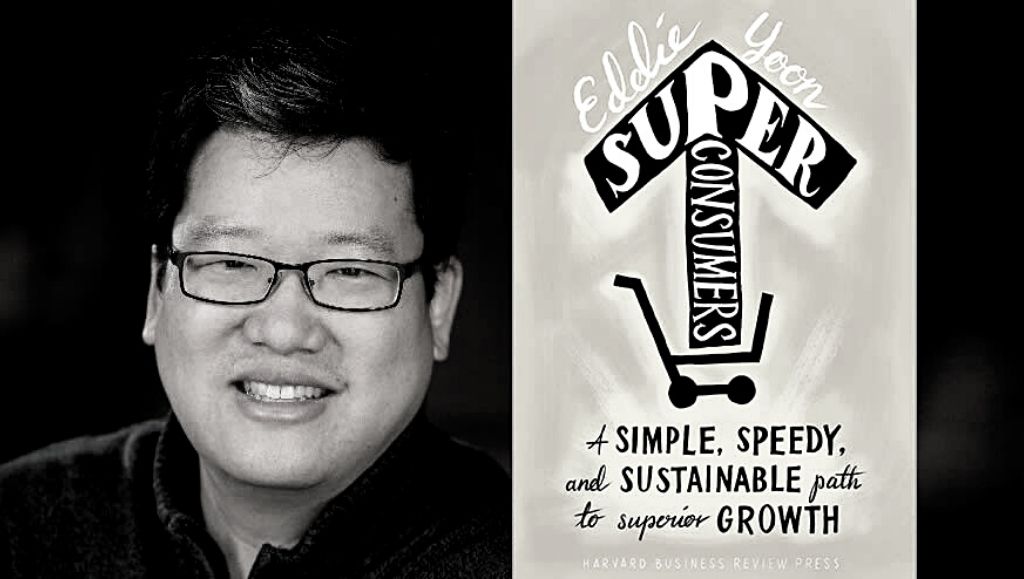In my experience, to make a product standout for a customer, it’s never about the product or it’s features. It has always been the value it and the overall product experience it delivers.
And yet, because the product management and the development teams are often too close to the product, it’s common to see them get obsessed with the product features or seeing it as their brain child. The needle begins to move only when they start wearing the lens of a user or customer and try to understand their motivations to use the product, the features they use, so on and so forth.
A strong understanding of the users is the starting point for you to understand the elements that go into building a product experience that’s meaningful and one that stands out, making a difference.
What is product experience?
In the simplest terms, product experience refers to how a customer feels about your product in terms of user experience in their context and the overall value. It is a combination of customer journey and their engagement with the product.
When it comes to buying a product, the first source of trust for any buyer is to see how existing customers feel about the product. For example, when it comes to software, people often look for reviews on sites such as G2, TrustRadius, etc.
In fact, the survey below from TrustRadius shows some of the factors people consider when it comes to evaluating a product.
And, if you want to improve the experience for your customer, start with simplifying the customer journey and identify opportunities and touchpoints to build engagement that creates an emotional impact.
Building engagement in the customer journey
It all starts with a fundamental understanding of how a customer uses your product, comprising various stages such as how the customer discovers the product, how they are onboarded, and how they use the product to achieve desired results.
The interesting as well as the challenging part is – these different stages of the customer journey are orchestrated by different teams:
- The product marketing teams help in enabling product discovery and bringing the prospects upto the consideration stage
- The sales enablement and sales teams help in building the prospect’s confidence on the product and convert the prospects to customers
- The onboarding experience (installation, registration, etc.) and the product usage journey are enabled by the product design & engineering teams
Bringing in the product experience factor
Product experience isn’t about adding new features. Sometimes it may not even be out the UI (User Interface – how simple or easy the product interface looks). For all you know, it can be as simple as:
- Does the product deliver the promise or not?
- Does it make the life of a user easy?
For instance, improving the product experience can mean simplifying or shortening the steps in the customer journey in their process to achieve their end goal/objective (e.g., registration, transactions etc.). You can do that by using the right and optimal set of features in the right places.
This simplification would ensure that your customers will regularly use your product (improving retention) as it helps them save time (better value).
Let’s go through a couple of examples, catering to two totally different sectors. One that focuses on the software industry, and the other, that is all about food delivery.
Example 1: Datanyze
Datanyze is a data intelligence platform that offers technographic insights to B2B software companies. It means, companies can build a list of target companies to pitch their solutions to, based on the understanding of their tech stack.
So what kind of an product experience would a user seek?
Let’s say, the user is from an SAP Partner company that offers consulting and implementation services for SAP products. In this case, the primary need for the user is to identify and build a list of companies using SAP products in the targeted location.
As you can from the image above, the user can get to the goal within a couple of clicks/ selection of the right filters. The interface might not be among the fanciest ones, but does the job well.
Example 2: Swiggy Vs. Zomato
Now, let’s compare two products from another industry that targets a similar audience profile.
Swiggy (the image on the right) has a simple and uncluttered interface design that makes the process of ordering food, a breezy product experience. You just achieve your goal in a few clicks. On the contrary, Zomato (image on the left) has multiple tabs in its home page and at times can be very confusing.
In fact, the current COVID crisis has further broadened the difference between the two interfaces.
For instance, Zomato’s updates during the crisis have further cluttered the interface. They try to convey too much information around grocery delivery, restaurants, etc. Whereas Swiggy’s changes on the app based on the new modalities are communicated with a simple message that says “Swiggy can now deliver food, groceries and other essentials”.


That being said, simplifying the user journey alone isn’t enough. You need factors that contribute to increase in customer engagement. Improving customer engagement transcends the relationship between the product and its users from being a mere transaction to being meaningful.
Improve product experience and customer engagement by:
- Involving your customers in improving the product even as they step into the different stages of their customer journey. It not only improves the relevance of your product but also gives them a sense of purpose, making them more involved with the product. (Impact: This also helps to reduce customer churn and improve customer retention)
- Personalizing the user product experience. Meaningful personalization (not just the user’s first name) that includes recommendations based on the preferences and behavior of each customer, makes them feel valued and exclusive. (Impact: A McKinsey report shows that the personalization and recommendations offered by Amazon contributes to over 35% of their sales.)
- Offering elements worth spreading. The trending notification on Linkedin is a great example. It notifies you and people in your network that something you shared is trending. (Impact: It motivates others in the community to take similar action.)
Of all the methods to improve the overall product experience, I would recommend using a technique called ‘Gamification’.
Improving product experience using Gamification
According to Wikipedia, gamification is the application of game-design elements and game principles in non-game contexts and scenarios. In the context of our discussion, it refers to bringing in game elements that will excite your users to be more engaged and to develop an emotional bond while achieving their goals using your product. Gamification not only improves customer engagement but also has a significant impact on product experience.
The Octalysis Framework for Gamification
Octalysis framework developed by Yu-Kai Chou, is one of the most widely used gamification frameworks. It is based on human-centred design, which is driven by eight core drives/principles.
(You should also check out Yu-Kai’s book on this subject called ‘Actionable Gamification’)
These 8 core drives can help improve customer engagement through a combination of emotions that appeal at various levels, while some of them are good for long term engagements and some for short term engagements
The core drives mentioned on the left can help build the engagement from a long-term perspective, whereas the ones on the right help in building short and quick engagements. Typically, to increase engagement, the core drives are used in combinations based on specific goals one wants to achieve.
Let us look at few examples of how these emotions were used in popular products:
- GooglePay
- They use Unpredictability and Scarcity as part of its rewards
- Last year during Diwali (India’s festival of lights), they made it very interesting where you need to collect certain reward types (e.g., lamp, firecracker) etc. to win a cash back
- To engage its users more, the Social Influence element was added, where the user could exchange to build on their collection of rewards for the reward types that they might not have
- CRED
- They use Accomplishment & Ownership elements which enables most of the users to use CRED to make their credit card payments to get a lot of CRED points & Gems
- They also use elements of Unpredictability. For instance, you can pledge some of your CRED points to either win a product or get a hefty cashback
- In addition to that they also bring the element of Meaning, where the CRED points can be used for a social cause like planting trees, donating food etc.
In a product, when a simplified customer journey is combined with the customer engagement strategies like gamification it helps improve the overall product experience drastically.
Time for action
Right now, when the users are spending time on your product, they are basing their perceptions about your company on their product experience. It’s scary as well as offers the biggest opportunity. Whether you invest in improving the product experience or not, you are offering some product experience already.
Better make it count. Keep improving a little everyday. There’s power to compounding. Product experience is not a trend, it’s a business need. It’s a shift in mindset if you have just jumped into product management.
You are the end user for some products. You have your favorites. Time to take action to make your product a favorite to its users too.



This is brilliant! As a Salesperson handling products, I can relate it very well, thanks for this Brilliance, Yaag and Kishore!
[…] into product usage data […]